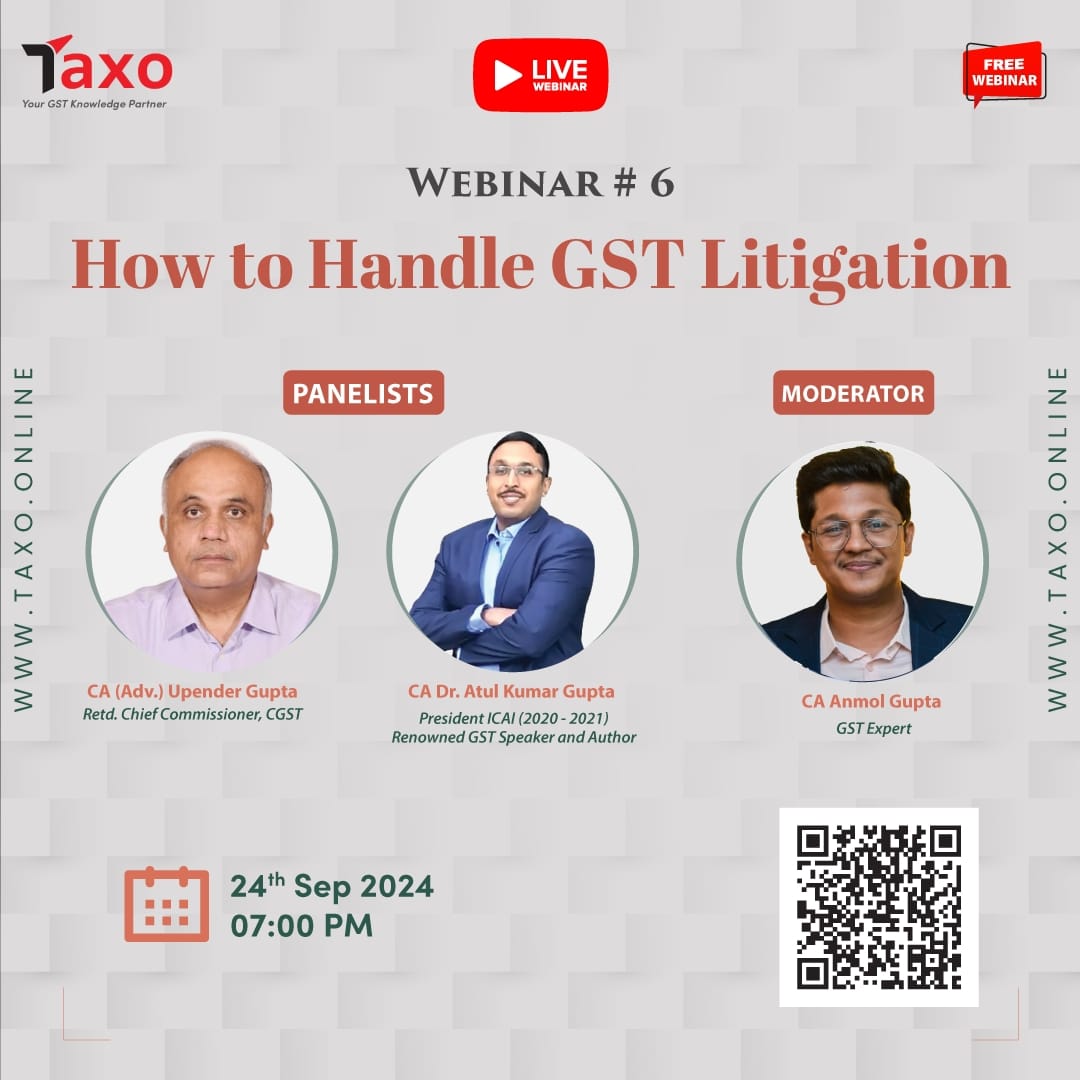 In a review meeting with the Central Board of Indirect Taxes and Customs (CBIC) on April 29, finance minister Nirmala Sitharaman emphasised the need for continuously improving taxpayer services and organising interactions with taxpayers to understand their issues and suggestions.
In a review meeting with the Central Board of Indirect Taxes and Customs (CBIC) on April 29, finance minister Nirmala Sitharaman emphasised the need for continuously improving taxpayer services and organising interactions with taxpayers to understand their issues and suggestions.
SAMVAAD with taxpayers has been the key since the launch of the Goods and Services Tax (GST) on July 1, 2017, and CBIC has been at the forefront in establishing channels of communication with taxpayers. Just before the launch of GST, a portal, Manthan, was launched to provide a calendar of GST awareness campaigns such as GST-Bharati and GST-Oneness. More than 10,500 such awareness campaigns nationwide were organised by CBIC between March 2017 and October 2018. This trend continues till date, and wide outreach programmes are regularly carried out, the latest being an outreach session in Indore on June 24, where 15 trade bodies deliberated on 60 topics with senior officers. The finance minister has been attending such interactive sessions with taxpayers and officers personally.
Another unique experiment was starting a Twitter handle, askGST_GOI, in May 2017. This was first-of-its-kind, real-time, knowledge-sharing handle, operated by a team of 20 dedicated officers, replying to all types of queries with a maximum time lag of three hours. CBIC disseminated information in a crisp manner on all major initiatives in GST and customs, from recommendations of the GST Council to due date reminders. The social media platforms of CBIC and GST Network issued clarifications and advisories to taxpayers on various topics on a regular basis. Grievances are also redressed in a coordinated manner between CBIC and GSTN. More than 98.3% grievances received in the last 12 months have been resolved within 24 hours.
GST is a landmark legislation, transforming the existing indirect taxation structure, subsuming all indirect taxes, and bringing in a new era of one nation, one tax. Any change of this magnitude makes users anxious, especially on a technical subject. This gave birth to another first in 2017, GST Ki MasterClass, a concept in which senior officers explained GST law in a simple language to taxpayers, which was telecast live on national channels and social media. Another unique initiative was interacting with taxpayers in a town hall format. Next came a series of myths at the time of the GST launch; these were clarified on a real-time basis in social and print media. Multiple FAQs were released in English, Hindi and 10 vernacular languages. The feedback and action room established in the ministry of finance was instrumental in collating data through all sources on various myths and misinformation prevalent across the country.
During an interaction with taxpayers in Srinagar in November 2021, the finance minister said, “Service to taxpayers is service to the people”. The vision of Jan Bhagidari is enshrined in GST facilitation, from the setting up of GST Suvidha Kendras in 2017 to 75 taxpayer facilitation centres across 70 cities in November 2021. In addition, 24/7 CBIC mitra helpdesks manned by trained agents are operational.
As GST progressed from ₹1 lakh crore collection in April 2018 to Rs. 1.87 lakh crore in April 2023, the measures of facilitation also kept evolving. Prime Minister Narendra Modi in January 2019 said, “We are committed to hearing all issues being faced by people and placing them in front of the GST Council. Feedback from the people is most important for us.”
Keeping taxpayers’ concerns as the prime focus, many special refund drives are regularly organised. It is notable that 29,230 GST refund claims involving Rs.11,607 crore were resolved during the Covid lockdown period between April 8 and May 24, 2020, to provide relief to business entities
There has been regular knowledge-sharing with taxpayers through various webinars on GST organised in English and vernacular languages. More than 300 such webinars on various topics have been held. These webinars were effective during the pandemic as they offered clarity without physical interaction on various relaxations being provided by the government in return filings and other procedural requirements, including refund procedures.
Taxpayers are key to robust GST collections and deserve recognition for their support. Keeping this in mind, CBIC in 2021 introduced the concept of issuing appreciation certificates to taxpayers to honour their contribution to the GST success story. These certificates instil a spirit of nation-building among taxpayers. Taxpayers’ facilitation has been at the core of the GST regime, and CBIC would continue to leverage technology to serve taxpayers.
Source: The Hindustan Times
https://www.hindustantimes.com/opinion/helping-taxpayers-make-sense-of-gst-regulation-101688041620541.html


